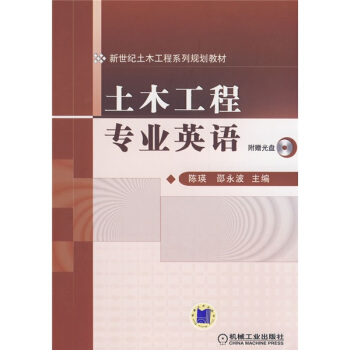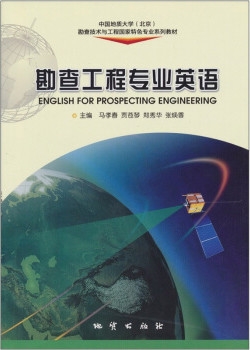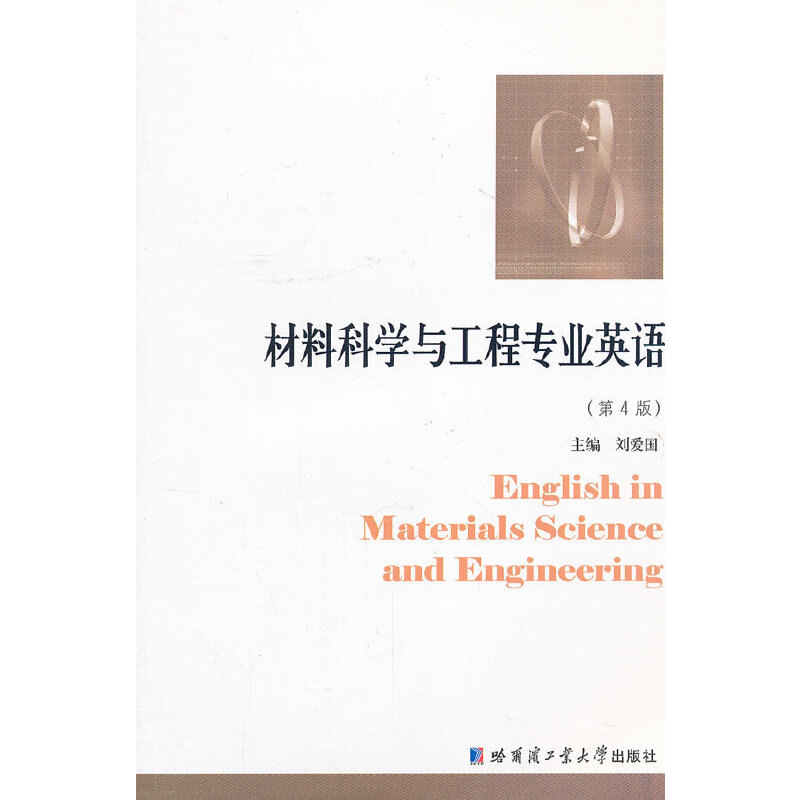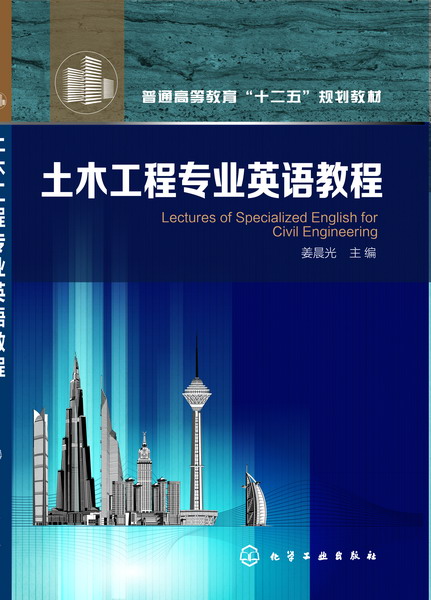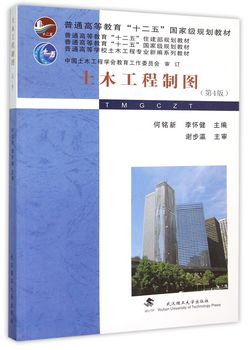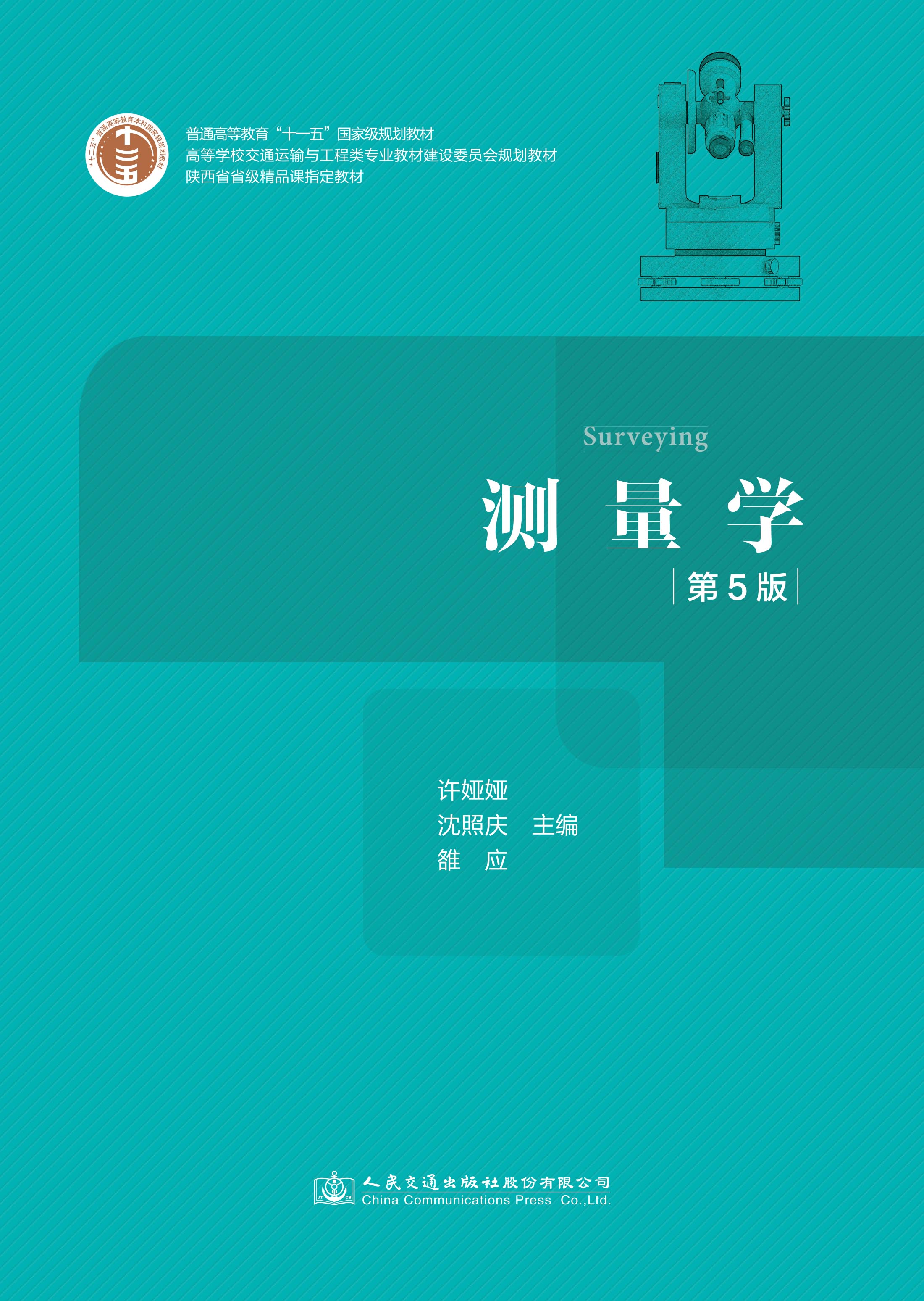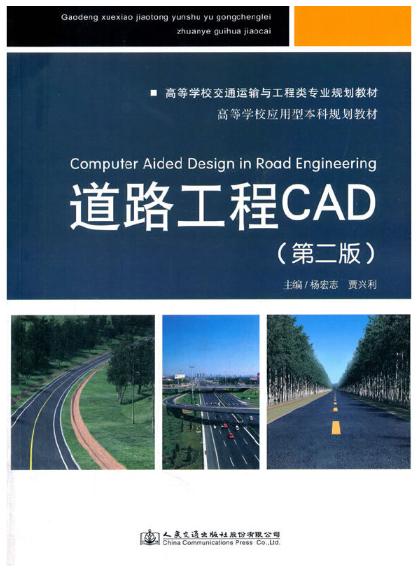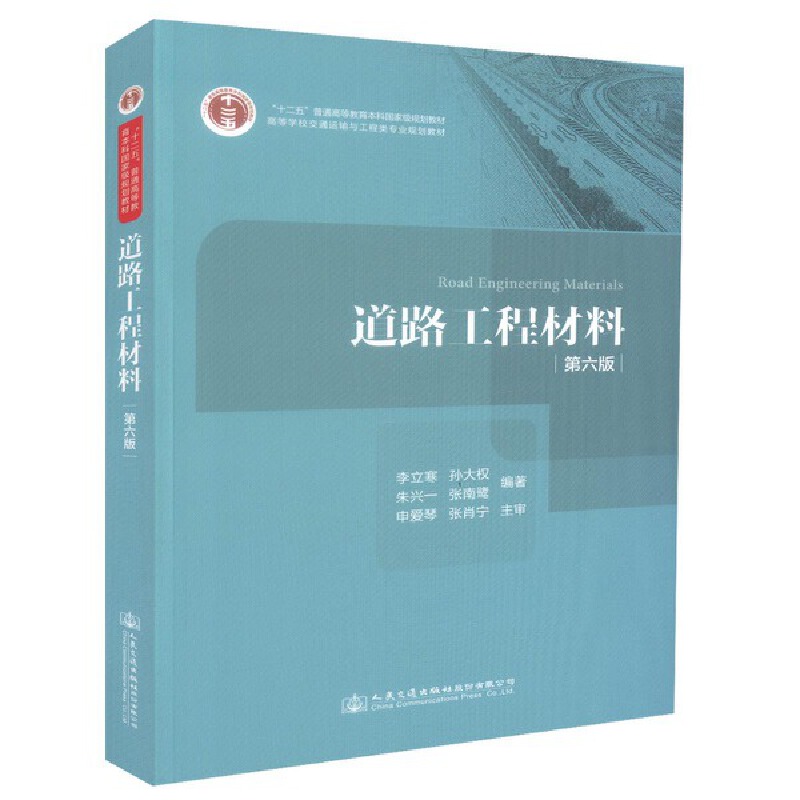水文地质专业英语 / 高等学校地下水科学系列教材
定价:¥16.00
作者: 周训等
出版时间:2015-07
出版社:地质出版社
- 地质出版社
- 9787116066526
- 1版
- 56227
- 49258867-8
- 平装
- 正16开
- 2015-07
- 220
- 130
- 工学
- 地质类
- H31
- 地下水科学与工程
- 本科
内容简介
《水文地质专业英语/高等学校本科生教材》提供20篇水文地质专业英文短文或阅读材料,内容涉及水文循环、地下水的分布、地下水的运动规律、地下水的补给与排泄、地下水水化学、地下水与地质环境、同位素水义地质、地下热水、地下卤水、海岸带地下水等领域的基本概念、基本原理和研究实例;难度适中且由浅入深;英文专业词汇和语法规范。通过仔细阅读和学习《水文地质专业英语/高等学校本科生教材》的内容,对读者了解和掌握水文地质专业的有关知识、提高阅读理解能力及英文表达能力等方面会有所帮助。
《水文地质专业英语/高等学校本科生教材》可以作为地下水科学与工程、水文地质与工程地质、水文与水资源工程等本科专业的教学用书,也可以作为从事相关专业的生产、科研和管理人员的参考用书。
《水文地质专业英语/高等学校本科生教材》可以作为地下水科学与工程、水文地质与工程地质、水文与水资源工程等本科专业的教学用书,也可以作为从事相关专业的生产、科研和管理人员的参考用书。
目录
前言
Unit 1 The Hydrological Cycle and the Global Water Budget
1.1 The Hydrological Cycle
1.2 The Global Water Budget
Unit 2 Groundwater and Aquifers: Definitions
Unit 3 Moisture Distribution in a Vertical Profile
Unit 4 Classification of Aquifers
Unit 5 Porosity and Permeability
5.1 Porosity and Effective Porosity
5.2 Permeability
Unit 6 Darcy's Law
Unit 7 Steady-State Flow and Transient Flow
Unit 8 Aquifer Recharge
8.1 Water Budget Methods
8.2 Methods Based on Surface Water or Groundwater Data
8.3 Darcian Methods
8.4 Tracer Methods
8.5 Other Methods
Unit 9 River-Aquifer Interrelationships
Unit 10 Springs
Unit 11 Groundwater and Its Chemical Constituents
11.1 Water and Electrolytes
11.2 Organic Constituents
11.3 Dissolved Gases
11.4 ConcentrationUnits
Unit 12 Hydrochemical Graphical Methods
Unit 13 Groundwater Contamination and Water Quality Standards
Unit 14 Land Subsidence
14.1 Mechanism of Land Subsidence
14.2 Field Measurement of Land Subsidence
Unit 15 Seawater Intrusion
Unit 16 Pore Pressures, Landslides and Slope Stability
16.1 Mohr- Coulomb Failure Theory
16.2 Limit Equilibrium Methods of Slope Stability Analysis
Unit 17 Isotope Hydrochemistry, Water Origins and Groundwater Dating
17.1 Isotope Terminology
17.2 Oxygen and Hydrogen Stable Isotopes
17.3 Carbon Isotopes
17.4 Sulphur Isotopes
17.5 Tritium and Other Radioactive Isotopes
17.6 Locating Recharge Zones with Isotopes
17.6.1 Properties of Tritium and Radiocarbon
17.6.2 Results and Conclusions
17.7 Dating Groundwater with Isotopes
17.7.1 Age Dating Fundamentals
17.7.2 Consideration of Age Ranges
Unit 18 Geothermal Systems and Thermal Groundwater
18.1 Conceptual Model and Classification of Geothermal Systems
18.2 Static-Conductive Systems
18.2.1 Magmatic Systems
18.2.2 Sediment Hosted Systems
18.3 Dynamic-Convective Systems
18.3.1 Magmatic-High-Temperature
18.3.2 Sediment Hosted-Low-Temperature
18.4 Geothermometer
18.5 Hydrogeochemistry and Origin of Thermal Groundwater in the Bedrock Aquifers in Tianjin
18.5.1 Geology and Hydrogeology
18.5.2 Hydrogeochemical Features of the Thermal Groundwater
18.5.3 Stable Isotopic Compositions
18.5.4 Summary
Unit 19 Subsurface Brines
19.1 Introduction and Some Definitions
19.2 Chemical Composition of Subsurface Brines: an Overview
19.3 Salinity
19.3.1 Initial Dissolved Chloride
19.3.2 Effects of Water-Rock Interactions
19.3.3 Effects of Mixing
19.4 Major Dissolved Species
19.4.1 Techniques for Representing Brine Compositions
19.4.2 Controls on Brine Compositions
19.5 Origin of Subsurface Brines in the Sichuan Basin
19.5.1 Geological and Hydrogeological Framework of the Basin
19.5.2 Chemical Compositions of the Brines
19.5.3 Stable Isotopic Compositions
19.5.4 Summary
Unit 20 Groundwater in Coastal Aquifers
20.1 The Fresh Water-Salt Water Interface in Coastal Regions
20.1.1 The Ghyben-Herzberg Relation
20.1.2 The Length of the Salt Water Wedge
20.1.3 The Shape of the Interface with a Submerged Seepage Surface
20.1.4 The Hubbert Relation
20.1.5 Mapping the Freshwater-Saltwater Interface
20.1.6 Fetter's Oceanic Island Solution
20.2 Characteristics of Piezometric Heads and Determination of Fresh Water-Salt Water Interface in the Coastal Zone near Beihai, China
20.2.1 Hydrogeological Setting
20.2.2 Characteristics of the Piezometric Heads
20.2.3 Determination of the Fresh Water-Salt Water Interface
20.2.4 Summary
参考文献
Unit 1 The Hydrological Cycle and the Global Water Budget
1.1 The Hydrological Cycle
1.2 The Global Water Budget
Unit 2 Groundwater and Aquifers: Definitions
Unit 3 Moisture Distribution in a Vertical Profile
Unit 4 Classification of Aquifers
Unit 5 Porosity and Permeability
5.1 Porosity and Effective Porosity
5.2 Permeability
Unit 6 Darcy's Law
Unit 7 Steady-State Flow and Transient Flow
Unit 8 Aquifer Recharge
8.1 Water Budget Methods
8.2 Methods Based on Surface Water or Groundwater Data
8.3 Darcian Methods
8.4 Tracer Methods
8.5 Other Methods
Unit 9 River-Aquifer Interrelationships
Unit 10 Springs
Unit 11 Groundwater and Its Chemical Constituents
11.1 Water and Electrolytes
11.2 Organic Constituents
11.3 Dissolved Gases
11.4 ConcentrationUnits
Unit 12 Hydrochemical Graphical Methods
Unit 13 Groundwater Contamination and Water Quality Standards
Unit 14 Land Subsidence
14.1 Mechanism of Land Subsidence
14.2 Field Measurement of Land Subsidence
Unit 15 Seawater Intrusion
Unit 16 Pore Pressures, Landslides and Slope Stability
16.1 Mohr- Coulomb Failure Theory
16.2 Limit Equilibrium Methods of Slope Stability Analysis
Unit 17 Isotope Hydrochemistry, Water Origins and Groundwater Dating
17.1 Isotope Terminology
17.2 Oxygen and Hydrogen Stable Isotopes
17.3 Carbon Isotopes
17.4 Sulphur Isotopes
17.5 Tritium and Other Radioactive Isotopes
17.6 Locating Recharge Zones with Isotopes
17.6.1 Properties of Tritium and Radiocarbon
17.6.2 Results and Conclusions
17.7 Dating Groundwater with Isotopes
17.7.1 Age Dating Fundamentals
17.7.2 Consideration of Age Ranges
Unit 18 Geothermal Systems and Thermal Groundwater
18.1 Conceptual Model and Classification of Geothermal Systems
18.2 Static-Conductive Systems
18.2.1 Magmatic Systems
18.2.2 Sediment Hosted Systems
18.3 Dynamic-Convective Systems
18.3.1 Magmatic-High-Temperature
18.3.2 Sediment Hosted-Low-Temperature
18.4 Geothermometer
18.5 Hydrogeochemistry and Origin of Thermal Groundwater in the Bedrock Aquifers in Tianjin
18.5.1 Geology and Hydrogeology
18.5.2 Hydrogeochemical Features of the Thermal Groundwater
18.5.3 Stable Isotopic Compositions
18.5.4 Summary
Unit 19 Subsurface Brines
19.1 Introduction and Some Definitions
19.2 Chemical Composition of Subsurface Brines: an Overview
19.3 Salinity
19.3.1 Initial Dissolved Chloride
19.3.2 Effects of Water-Rock Interactions
19.3.3 Effects of Mixing
19.4 Major Dissolved Species
19.4.1 Techniques for Representing Brine Compositions
19.4.2 Controls on Brine Compositions
19.5 Origin of Subsurface Brines in the Sichuan Basin
19.5.1 Geological and Hydrogeological Framework of the Basin
19.5.2 Chemical Compositions of the Brines
19.5.3 Stable Isotopic Compositions
19.5.4 Summary
Unit 20 Groundwater in Coastal Aquifers
20.1 The Fresh Water-Salt Water Interface in Coastal Regions
20.1.1 The Ghyben-Herzberg Relation
20.1.2 The Length of the Salt Water Wedge
20.1.3 The Shape of the Interface with a Submerged Seepage Surface
20.1.4 The Hubbert Relation
20.1.5 Mapping the Freshwater-Saltwater Interface
20.1.6 Fetter's Oceanic Island Solution
20.2 Characteristics of Piezometric Heads and Determination of Fresh Water-Salt Water Interface in the Coastal Zone near Beihai, China
20.2.1 Hydrogeological Setting
20.2.2 Characteristics of the Piezometric Heads
20.2.3 Determination of the Fresh Water-Salt Water Interface
20.2.4 Summary
参考文献


